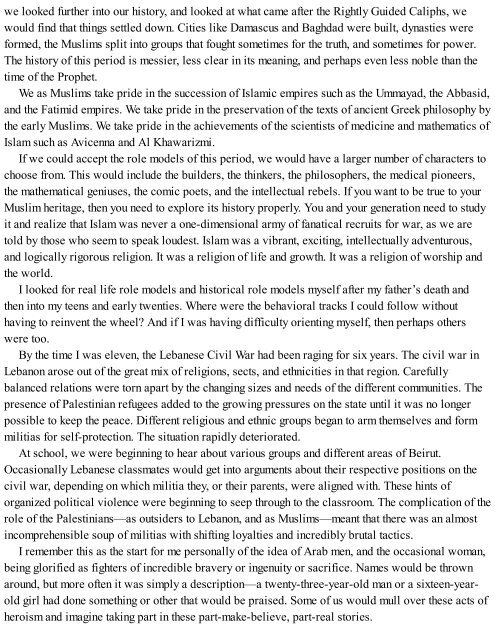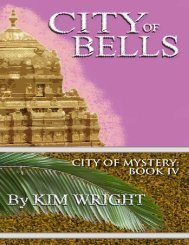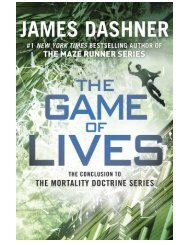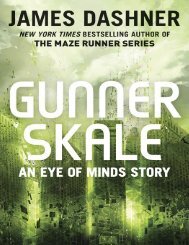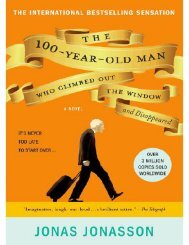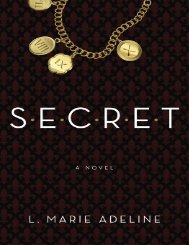1250119847
You also want an ePaper? Increase the reach of your titles
YUMPU automatically turns print PDFs into web optimized ePapers that Google loves.
we looked further into our history, and looked at what came after the Rightly Guided Caliphs, we<br />
would find that things settled down. Cities like Damascus and Baghdad were built, dynasties were<br />
formed, the Muslims split into groups that fought sometimes for the truth, and sometimes for power.<br />
The history of this period is messier, less clear in its meaning, and perhaps even less noble than the<br />
time of the Prophet.<br />
We as Muslims take pride in the succession of Islamic empires such as the Ummayad, the Abbasid,<br />
and the Fatimid empires. We take pride in the preservation of the texts of ancient Greek philosophy by<br />
the early Muslims. We take pride in the achievements of the scientists of medicine and mathematics of<br />
Islam such as Avicenna and Al Khawarizmi.<br />
If we could accept the role models of this period, we would have a larger number of characters to<br />
choose from. This would include the builders, the thinkers, the philosophers, the medical pioneers,<br />
the mathematical geniuses, the comic poets, and the intellectual rebels. If you want to be true to your<br />
Muslim heritage, then you need to explore its history properly. You and your generation need to study<br />
it and realize that Islam was never a one-dimensional army of fanatical recruits for war, as we are<br />
told by those who seem to speak loudest. Islam was a vibrant, exciting, intellectually adventurous,<br />
and logically rigorous religion. It was a religion of life and growth. It was a religion of worship and<br />
the world.<br />
I looked for real life role models and historical role models myself after my father’s death and<br />
then into my teens and early twenties. Where were the behavioral tracks I could follow without<br />
having to reinvent the wheel? And if I was having difficulty orienting myself, then perhaps others<br />
were too.<br />
By the time I was eleven, the Lebanese Civil War had been raging for six years. The civil war in<br />
Lebanon arose out of the great mix of religions, sects, and ethnicities in that region. Carefully<br />
balanced relations were torn apart by the changing sizes and needs of the different communities. The<br />
presence of Palestinian refugees added to the growing pressures on the state until it was no longer<br />
possible to keep the peace. Different religious and ethnic groups began to arm themselves and form<br />
militias for self-protection. The situation rapidly deteriorated.<br />
At school, we were beginning to hear about various groups and different areas of Beirut.<br />
Occasionally Lebanese classmates would get into arguments about their respective positions on the<br />
civil war, depending on which militia they, or their parents, were aligned with. These hints of<br />
organized political violence were beginning to seep through to the classroom. The complication of the<br />
role of the Palestinians—as outsiders to Lebanon, and as Muslims—meant that there was an almost<br />
incomprehensible soup of militias with shifting loyalties and incredibly brutal tactics.<br />
I remember this as the start for me personally of the idea of Arab men, and the occasional woman,<br />
being glorified as fighters of incredible bravery or ingenuity or sacrifice. Names would be thrown<br />
around, but more often it was simply a description—a twenty-three-year-old man or a sixteen-yearold<br />
girl had done something or other that would be praised. Some of us would mull over these acts of<br />
heroism and imagine taking part in these part-make-believe, part-real stories.


